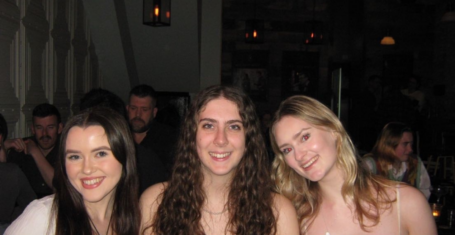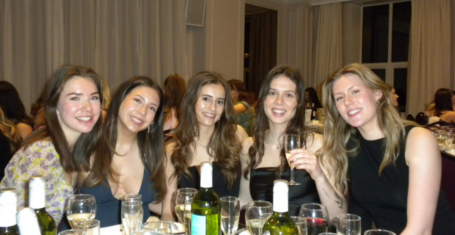
Everything you thought you knew about pole fitness is wrong
There’s a reason why we don’t wear much while doing it
Despite the huge global momentum pole has attained as a fitness trend, it still raises several questions in relation to image and individual modesty.
First taught in the nineteen hundreds under the term ‘exotic dancing’, it has gradually become a worldwide phenomenon.
Although we can’t say that pole is no longer sexualised at all, it’s important to axe its prevailing clichés.
![]() Aren’t I too fat for pole fitness?
Aren’t I too fat for pole fitness?
In response to lacking the confidence to participate, I think many who practice pole would claim that it does precisely that which prevents people undertaking the activity: nurtures body confidence.
With just under three hundred members, the society boasts individuals of all shapes, ethnicities, sizes and fitness levels –both male and female; encouraging them to achieve core and upper body strength in a fun, expressive and self-fulfilling way.
Vice President of the pole fitness society Bethany Brown encourages newcomers, claiming that “the most common thing I hear from people when they say I do pole is “I could never do that. I’m not strong enough” but in reality anyone can do pole. When I began I didn’t have half the strength I have now’.
Isn’t it inappropriate and degrading for men to participate?
So why can’t men participate in pole fitness? I would answer, because society has told them it’s wrong. Mallakhamb, the Indian sport, involves static posing on a wooden pole – sharing many similarities with the Western equivalent.
Yet it is a prestigious pursuit for both men and women. So the problem lies, not in the activity itself, but cultural perception.
A question to females out there: How would you feel if your boyfriend told you he had joined polesoc and if your answer is ‘uncomfortable’ or ‘concerned’, ask yourself why.
![]() Surely it can’t hurt to cover up slightly more when working out?
Surely it can’t hurt to cover up slightly more when working out?
As to why polers wear so little, a lack of clothing is itself a safety concern as nothing grips to a pole like skin! It would seem that those who are most adverse to the trend are amongst those who have never even tried or seen it.
Bethany also points out that “other sports persons wear very little clothing, such as swimmers and gymnasts, and no asks them why they are dressing sexually”. The pole community are amongst very few who share an understanding of its subjective stigmas and realities.
Simply because of its floozy past, polers feel embarrassment when expressing their passion about what is something entirely different – a shame not shared by people involved in other athletic activities.
With its incorporation of static strength movements and modern dance, many pole enthusiasts hope that pole will come to be recognised for what it truly is: dance and athleticism twined into art.









































